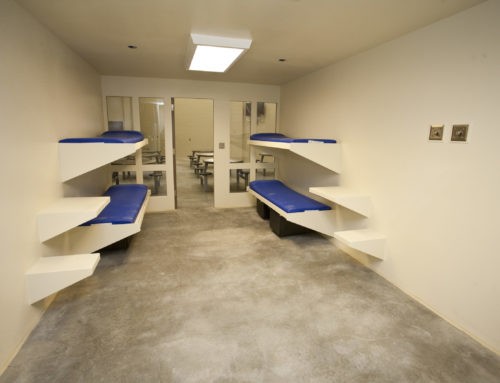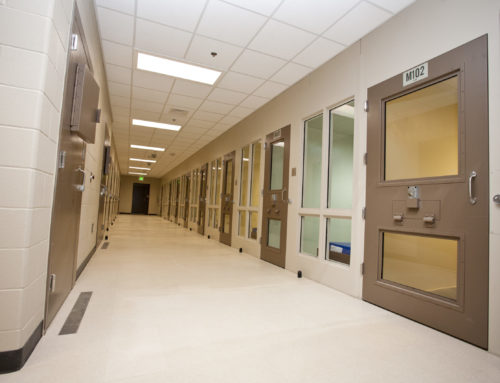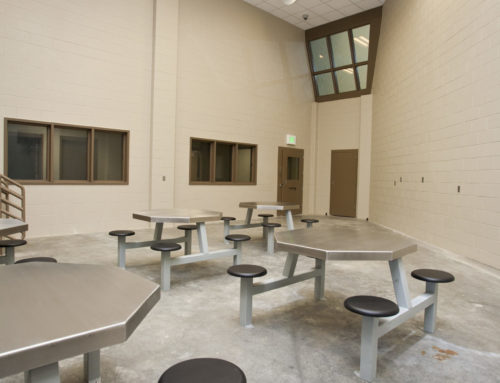Innovative Alternatives In Inmate Programming
Jails are specialized facilities filled with some of the most challenging people society has to offer. Inmates are unwilling guests, can be adversarial, often have substance abuse or medical issues, and little self-control. Inmates frequently have an inflated expectation of entitlement, excessive time on their hands, and you are the target of their frustration.
What can be done to protect yourself or your client from risk and litigation? I have a unique broad perspective that comes from being a line level law enforcement and corrections officer, a supervisor, an administrator, instructor, and expert witness. I have noticed some common areas where agencies will frequently encounter risk.
 Policy and Procedures
Policy and Procedures
An agency’s policies and procedures are the rules and guidelines adopted by the agency, and are the framework for guiding staff for all major actions, activities, and decisions. Efforts must be taken to ensure policies and procedures are current, comprehensive, legally based, and just as importantly, those providing supervisory oversight must ensure that the policies and procedures are followed.
I have had some agencies claim that they have a complete policy and procedure manual – only to discover the dates on some policies are decades old! Legal rulings are constantly in a state of change. New issues are litigated; existing rulings are clarified, or reinterpreted by the courts. An agency must develop or modify policies and procedures to stay current with the most recent rulings. Professional associations, such as the American Corrections Association (ACA), American Jail Association (AJA), the National Institute for Jail Operations (NIJO), and the National Institute of Corrections (NIC) offer insight on current, relevant correctional issues, and even model policies.
The policy and procedures must be legally defendable. While “best practices” may appear to be a proper justification for administrative policies, the courts may disagree. An agency must have policies and procedures that are based on the law. Anything else subjects the agency to potential legal risk. The NIJO offers legal based resources for jails. This and other legal resources, such as the Detention Reporter, and the Detention and Corrections Case Law Catalog by the Community Resource Services offer current legal information to ensure your policies and procedures are legally defendable.
Having comprehensive and legally based policies and procedures is only part of the battle. Too often I have run across administrators who believe tasks are being done one way, when in reality, staff are actually conducting operations entirely differently. In my experience I have found one of two scenarios for not following policy: either the staff is lazy and cutting corners, or they have found a better way to complete the task. If staff is cutting corners, they must be given a clear understanding of why the policies and procedures exist, and why they must follow them. Supervisors must do their job and hold staff accountable. If the staff has found a better way to complete the task, policies and procedures must be modified so the two are consistent (and still legally defendable).
There are many situations that can cause a correctional facility risk, a lack of or legally indefensible policies and procedures, administrators being unaware of what is actually being done in their facilities, and poor or no supervision are easily correctable issues causing facilities the greatest risk.





